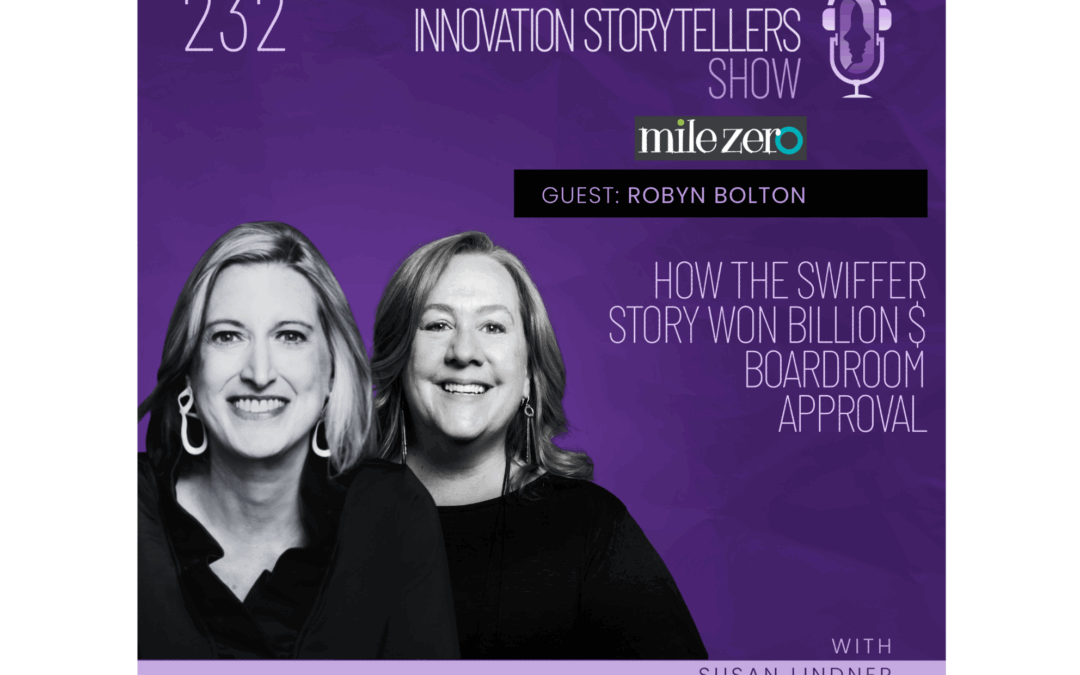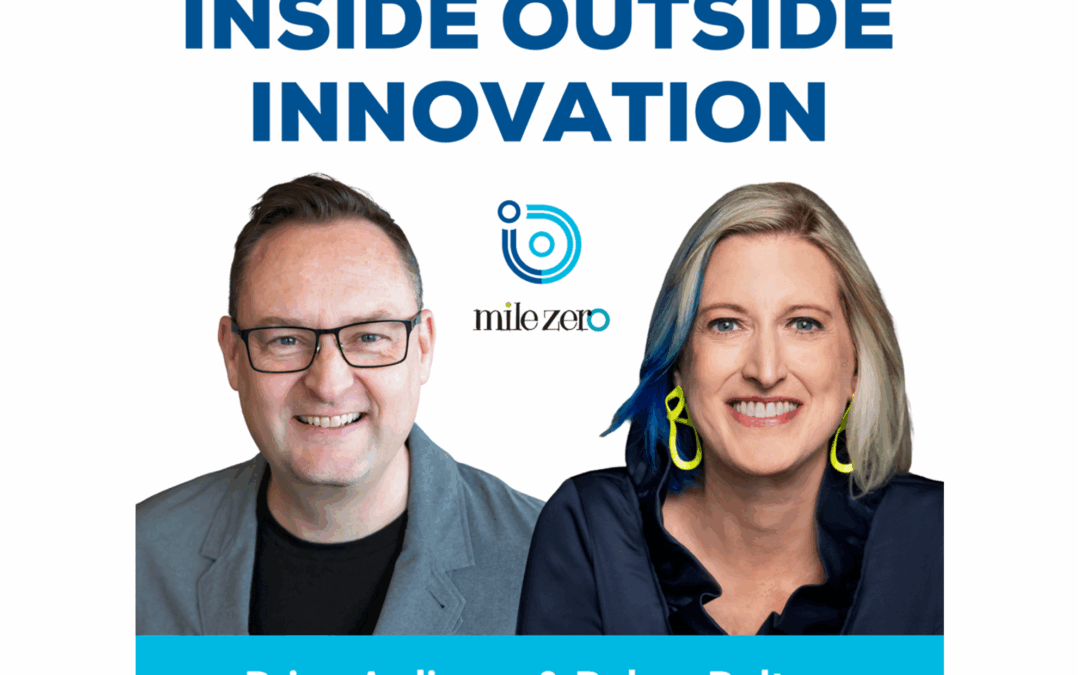


How the Swiffer Story Won Billion $ Boardroom Approval

AI Human Skills, You Tube’s Impact, and Lesser Apes

The Courageous Leadership Lie the Press is Selling You
The business press has a new obsession with courageous leadership.
Harvard Business Review dedicated their September cover story to it. Nordic Business Forum built an entire 2024 conference around it. BetterUp, McKinsey, and dozens of thought leaders and influencers can’t stop talking about it.
Here’s what they’re all telling you: If you’re playing it safe, stuck in analysis paralysis, not innovating fast enough, or not making bold moves, then you are the problem because you lack courage.
Here’s what they’re not telling you: You don’t have a courage problem. You have a systems problem.
The Real Story Behind “Courage Gaps”
The VP was anything but cowardly. She had a track record of bold moves and wasn’t afraid of hard conversations. The CEO wanted to transform the company by moving from a product-only focus to one offering holistic solutions that combined hardware, software, and services. This VP was the obvious choice.
Her team came to her with a ideas that would reposition the company for long-term growth. She loved it. They tested the ideas. Customers loved them. But not a single one ever launched.
It wasn’t because the VP or the CEO lacked courage. It was because the board measured success in annual improvements, the CEO’s compensation structure rewarded short-term performance, and the VP required sign-off from six different stakeholders who were evaluated on risk mitigation. At every level, the system was designed to kill bold ideas. And it worked.
This is the inconvenient truth the courage press ignores.
That success doesn’t just require leaders who are courageous, it requires organizational architecture that systematically rewards courage and manages risk.
What We’re Really Asking Leaders to Overcome
Consider what we’re actually asking leaders to be courageous against:
- Compensation structures tied to short-term metrics
- Risk management processes designed to say “no”
- Approval hierarchies where one skeptic can overrule ten enthusiasts
- Cultures where failed experiments end careers
The courage discourse lets broken systems off the hook.
It’s easier to sell “10 Ways to Build Leadership Courage” than to admit that organizational incentives, governance structures, and cultural norms are actively working against the bold moves we tell leaders to make.
What Actually Enables Courageous Leadership.
I’m not arguing that there isn’t a need for individual courage. There is.
But telling someone to “be braver” when their organizational architecture punishes bravery is like telling someone to swim faster in a pool filled with Jell-O.
If we want courage, we need to fix the things the systems that discourage it:
- Align incentives with the time horizon of the decisions you want made
- Create explicit permission structures for experimentation
- Build decision-making processes that don’t require unanimous consent
- Separate “learning investments” from “performance expectations” when measuring results
- Make the criteria for bold moves clear, not subject to whoever’s in the room
But doing this is a lot harder than buying books about courage.
The Bottom Line
When you fix the architecture, you don’t need to constantly remind people to be brave because the system enables. Individual courage becomes the expectation, not the exception.
The real question isn’t whether your leaders need courage.
It’s whether your organization has the architecture to let them use it.
If you can’t answer that question, that’s not a courage problem.
That’s a design problem.
And design is something that, as a leader, you can actually control.
